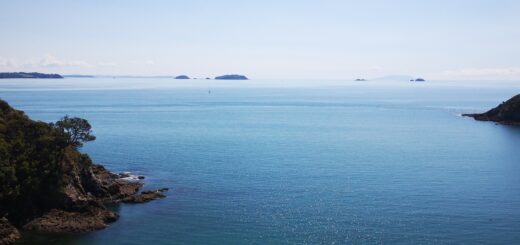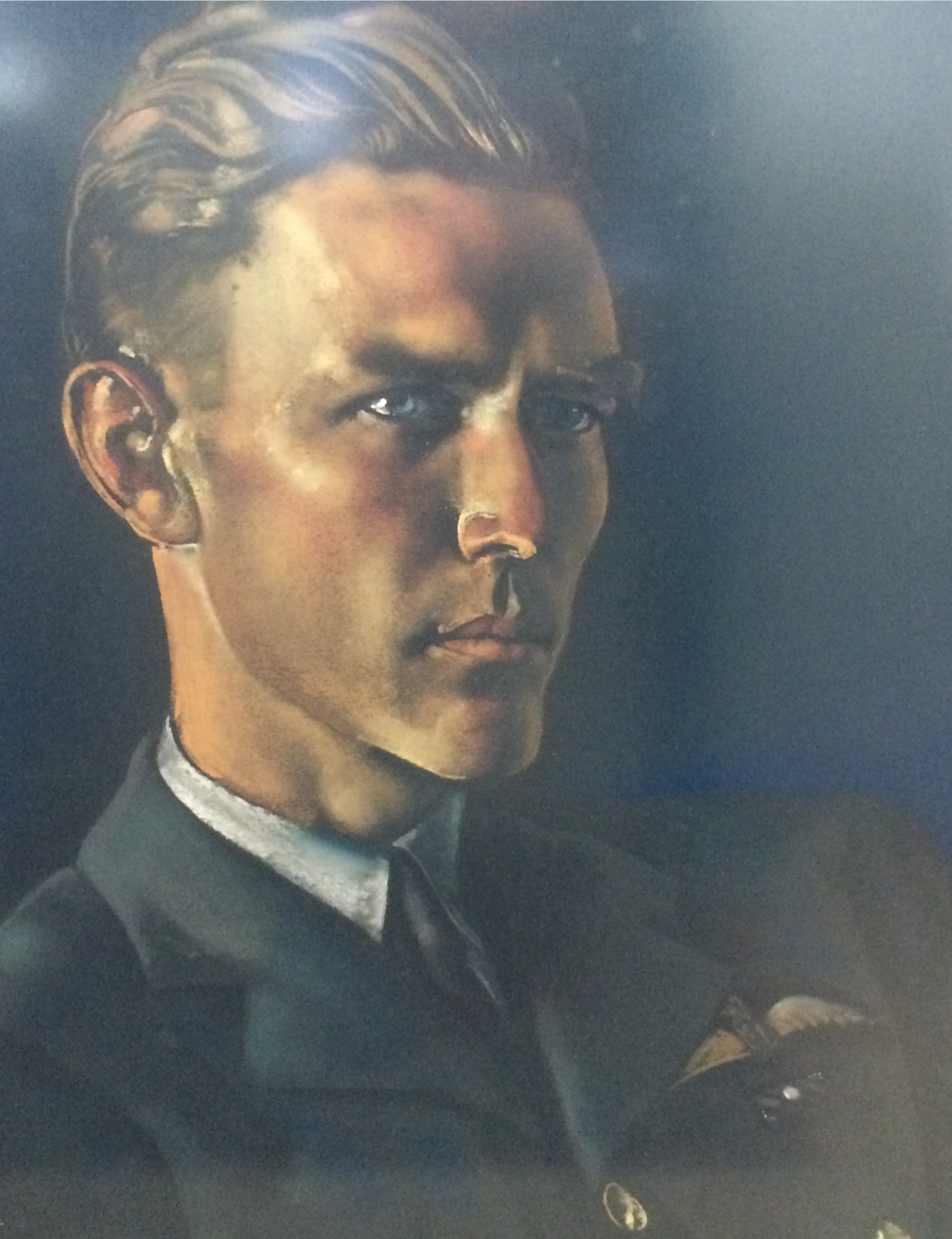Remembrance Day speech at St Mathews in the City
Last Friday we commemorated the 93rd anniversary of the Armistice between the combatant powers which ended the Great War of 1914 -1918. The Armistice brought an end to the fighting – though the consequences of the Great War and the events it set in train once unleashed could never be stopped.
Eight million soldiers died in the Great War, 20 million more were wounded, mutilated, made amputees, blinded from gas attacks, became emotionally damaged or mentally deranged. Millions of civilians also died. In its wake long standing empires and royal houses vanished. Old countries disappeared and new countries emerged. From its ruins emerged extremist ideologies of

Silver ferns carved in stone. In a Great War cemetery at Ploegsteert Belgium 1999. Some of the thousands of NZ war graves in France and Belgium. These men were from Auckland. As we mourn the dead of previous wars the system keeps generating more.
hatred and racism. The consequences of the First World War would lead inexorably to the Second.
The Great War has had a profound and ongoing influence on the course of modern history right up until the present day.
In attempting to trace the major political events of the mid to late 20th century the American cold war geostrategist Dr George Kennan once wrote: ‘All lines of inquiry lead back to World War One’.
Kennan believed that for various reasons World War One was (quote) ‘the original catastrophe’. He was supported in that conclusion by the war historian Jacques Barsun who called the Great War ‘the blow that hurled the modern world on its course of self-destruction.’
The Great War also had a calamitous impact on New Zealand.
New Zealand sent more men to fight per head of population than any other nation.
Out of a population of just under one million people, some 18,000 New Zealanders were killed in the conflict and 41,000 wounded.
New Zealand’s casualty rate in proportion to population was the highest in the British Imperial armies.
Grief was visited onto thousands of New Zealand homes, mothers lost their sons, siblings lost their brothers, wives became widows, children became orphans. The hopes for marriage, family life and children for thousands of young New Zealand women were ruined because so many young men never returned. The social fabric of the country itself was weakened by the loss of some of our best and most courageous young men – one wonders how many scholars, scientists, industrialists, achievers, potential leaders? How many great New Zealanders of the 20th century were lost in the slaughter?
Nearly all of our dead were buried overseas. More than five thousand New Zealand soldiers – nearly a third of all those killed – have no known grave.
That is why after the Great War New Zealand became a land of war memorials.
As Michael King wrote: In cities, towns and country villages the war memorials went up. Scarcely a surname was not represented in the names engraved; some represented a family’s entire crop of young manhood. As one writer has commented, ‘the next generation did not need to be told that the angel of death had passed over the land: they heard the beating of its wings’
Our war memorials and commemoration services such as this have two main functions.
They honour the sacrifice of the fallen and they also recognise the collective suffering of the nation.
It is often said that New Zealand’s national identify was forged by the great sacrifices of World War One. While it is vital we New Zealanders take time to reflect on the meaning of our national identity and our nation – its past and even more importantly its future, here today, perhaps it is enough that we recognise the individual suffering and sacrifices made by those thousands of young New Zealanders more than 90 years ago.
As the years pass on, in all solemnity and reverence let us renew our pledge to continue to gather to remember them.




Well written!